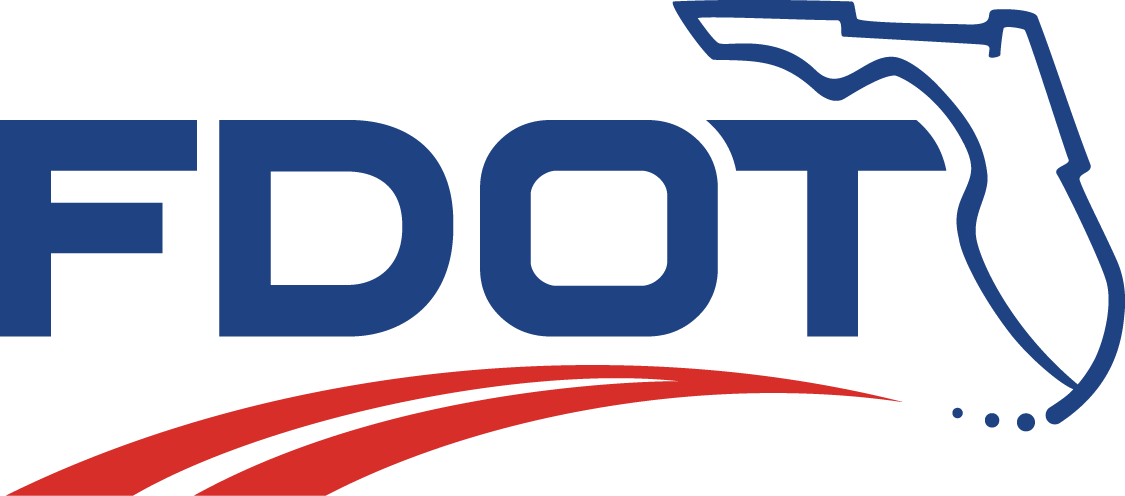Connected Mobility and Technologies Program
(CMTP)
FDOT’s Connected Mobility and Technologies section within the Traffic Engineering and Operations Office is focused on implementing technologies and innovative solutions to improve efficiency of transportation systems, improve safety and ensure mobility for the people and goods. The section leads Connected and Automated Vehicles (CAV) technology deployment and infrastructure readiness, Statewide Arterial Management Program (STAMP), Wrong-Way Driving (WWD) and Managed Lanes (ML) programs. The section also manages statewide Transportation Systems Management and Operation (TSM&O) software programs including SunGuide® Software, Statewide Express Lanes Software, and the Vehicle-to-Everything Data Exchange Platform.
Connected and Automated Vehicles (CAV) Program
The CAV program leads the statewide implementation of CAV technologies and conducts in-reach and outreach activities to ensure FDOT CAV program is aligned with state’s vision of improve safety and mobility. The program implements CAV projects, data collection, data sharing and mainstreaming of Connected Vehicle (CV) technologies on FDOT roadways.
Keyword Links:
CAV Business Plan – Vehicle-to-Everything (V2X) Data Platform – SCMS – CAV CBT – CAV FAQ
The FDOT TSM&O Software and Architecture program area is responsible for developing systems that are compatible with each other and that ensure a seamless network of ITS functions along Florida's major transportation corridors. The SunGuide® Software System provides freeway and incident management, transportation management center interoperability, and data archiving. It unifies traffic information and management system for the State of Florida ITS traffic data.
Keyword Links:
Central Data Warehouse — Change Management Board — Statewide ITS Architecture (SITSA)— SunGuide® Software — SunGuide® Software Users Group — SELS
Statewide Arterial Management Program (STAMP)
FDOT Transportation Systems Management & Operations (TSM&O) Strategic Plan identifies arterial management as one of six focus areas. STAMP supports the implementation, management, and operations and maintenance (O&M) of performance-based arterial networks. The goal of the program is to achieve the throughput, efficient multi-modal operation, reduced travel time, increased traffic and bicycle/pedestrian safety and increased system uptime outcomes envisioned in the TSM&O Strategic Plan.
Keyword Links:
STAMP Action Plan — Traffic Signal Maintenance and Compensation Agreement (TSMCA) —Informational Guide Design of Traffic Signal Detection Technologies (Sept 2022) — Arterial Management Training
Supported by research, FDOT’s Wrong-Way Driving Initiative explores various WWD countermeasure systems to aid in warning wrong-way drivers, sending notifications to alert other motorists and notifying law enforcement. The WWD Initiative supports the FDOT’s commitment to achieving zero fatalities and serious injuries on the State Highway System.
Keyword Links:
Section 230.4 of the Florida Design Manual (FDM) — Traffic Operations Bulletin 03- 15 — Traffic Operations Bulletin 03-15 — Traffic Engineering and Operations Bulletin 21-03
In support of FDOT’s vision of providing a congestion and fatality free transportation network, managed lanes can be employed on appropriate facilities that currently, or are expected in the future, to experience significant congestion. The Department tailors the operation of managed lanes facilities to the corridor’s unique operating characteristics. The Department also prioritizes congestion management and maximizes throughput on key facilities through vehicle eligibility standards, access control, pricing, incentives, and other available techniques.
Keyword Links:
FDOT Managed Lanes Policy — 2023 Managed Lanes Guidebook
For additional information, please contact Christine.shafik@dot.state.fl.us

